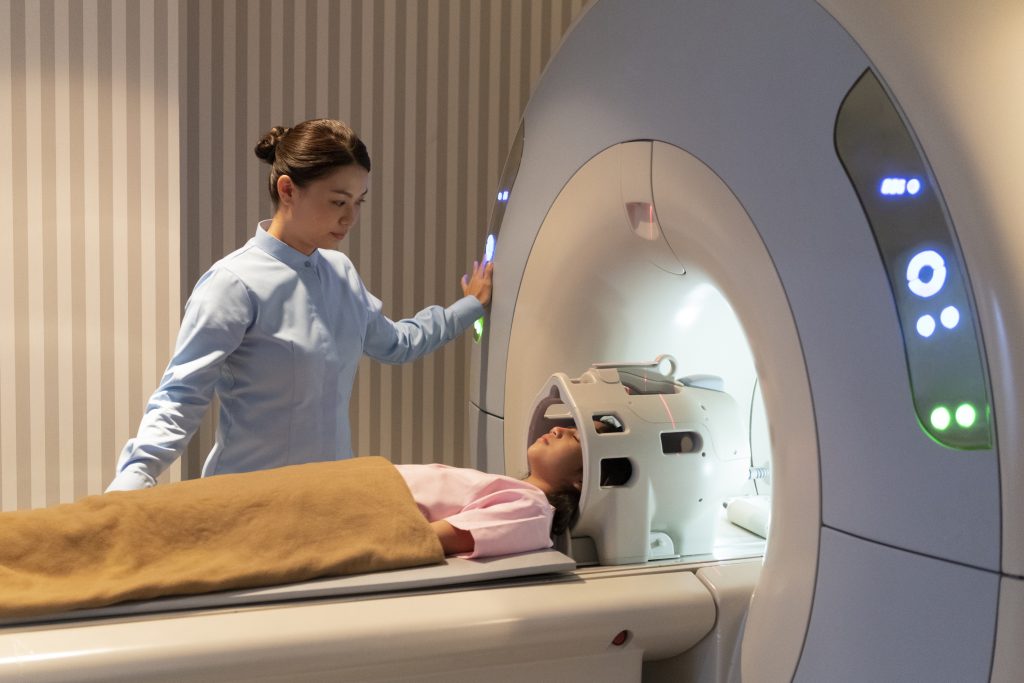

Magnetic resonance imaging (MRI) is a powerful and widely-used medical imaging technique that has been around since the early 1980s. MRI has a number of advantages over other medical imaging modalities, including a lack of ionising radiation, and a unique ability to resolve soft tissues. This makes it suitable for vulnerable patients, such as young children or pregnant women, and it makes MRI a key tool in the diagnosis and monitoring of many diseases.
Some types of image go further and actually measure a physical quantity. These are quantitative images and are increasingly finding a role in clinical MRI. The aim of this course is to develop a good fundamental understanding of the principles of metrology as they apply to quantitative MRI (qMRI), and to understand the current state-of-the-art in metrology for qMRI.
This course is aimed at MR physicists and PhD students with an interest in quantitative MRI, especially if they are interested in how measurement science can impact their work. It will also be useful to more experienced MR physicists and researchers looking to improve their knowledge of metrological principles for quantitative MRI.
This course consists of three modules:
Learners who successfully complete the course will receive an NPL Certificate of Completion. This CPD course has been approved by IPEM.
After this course, learners will: